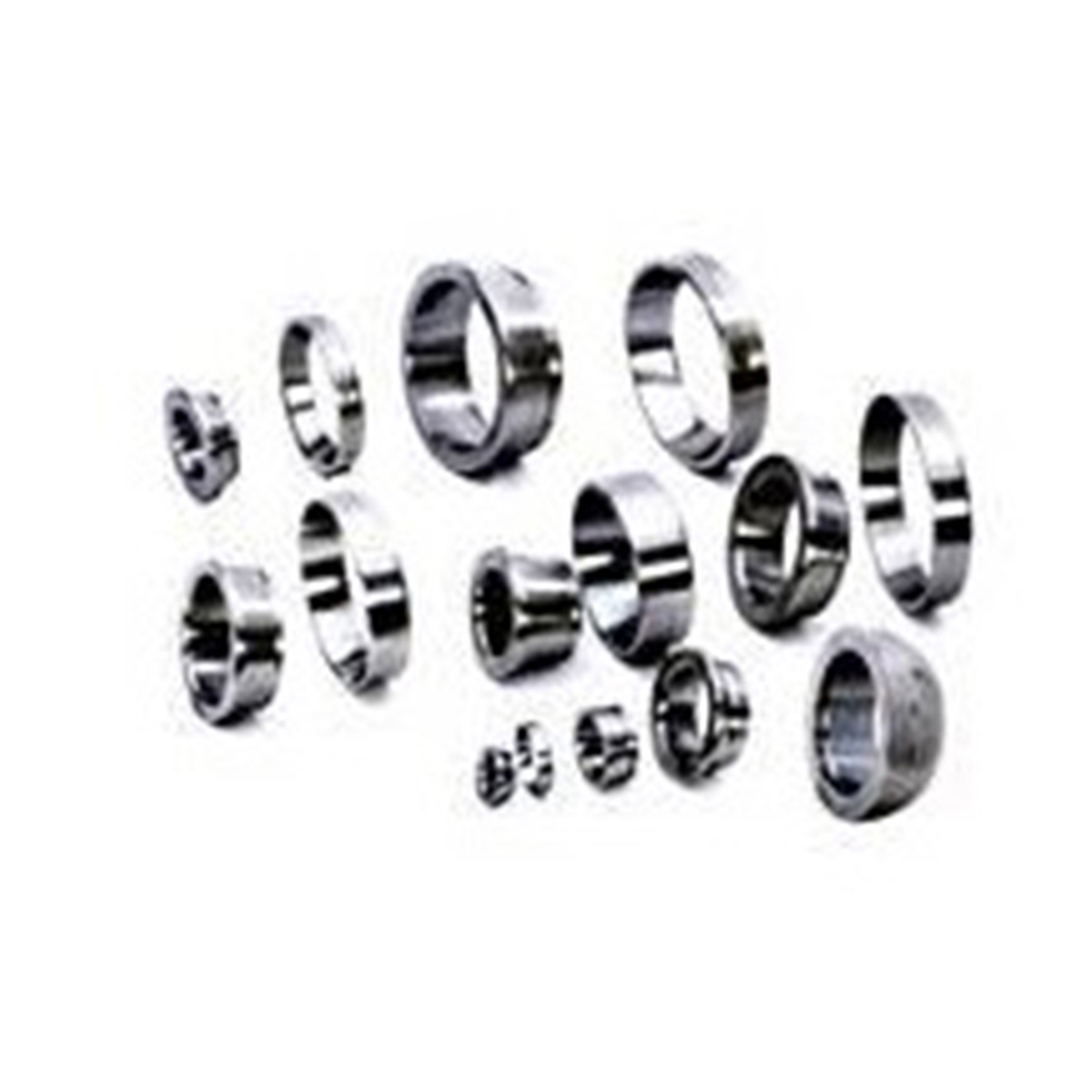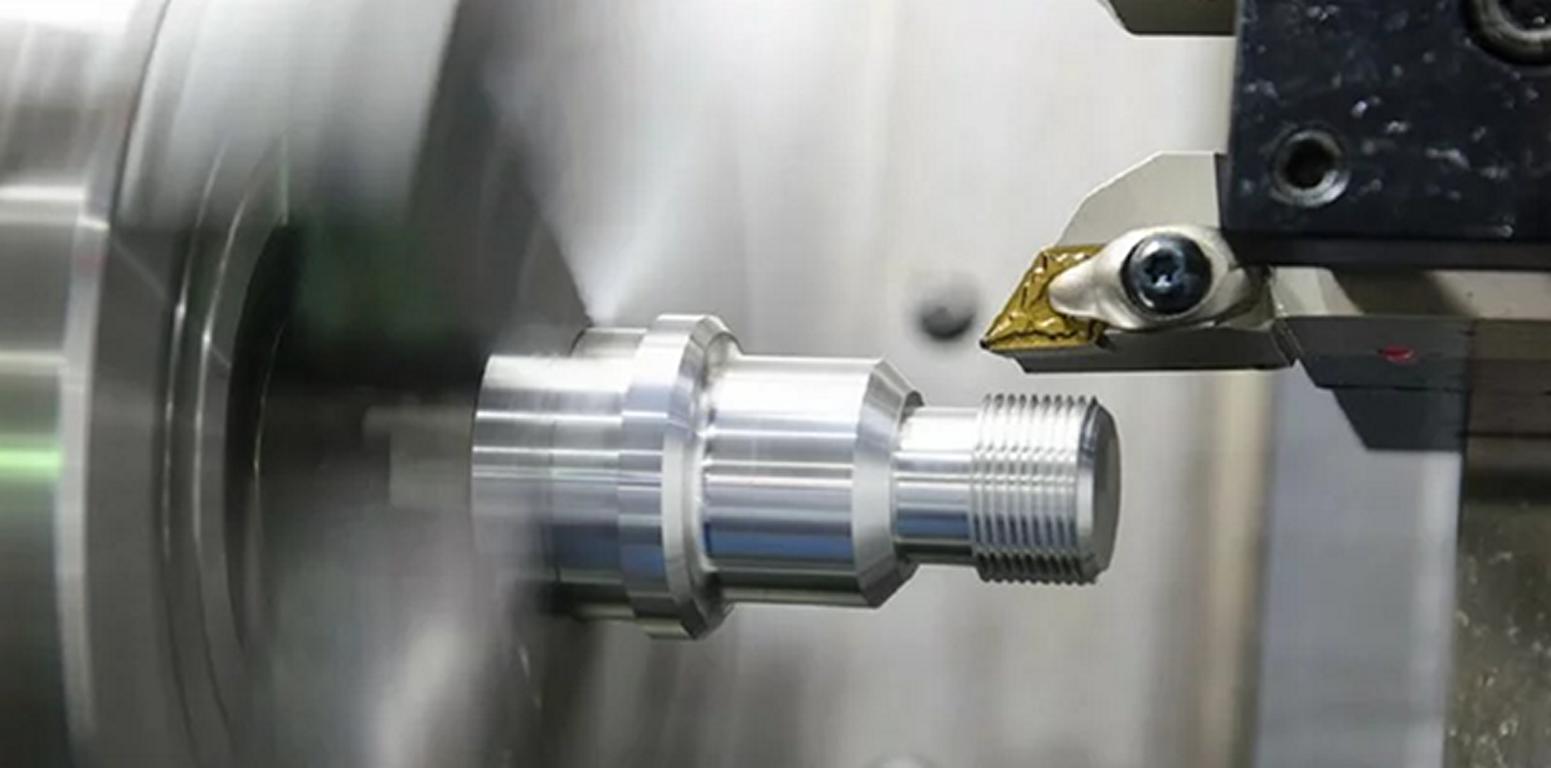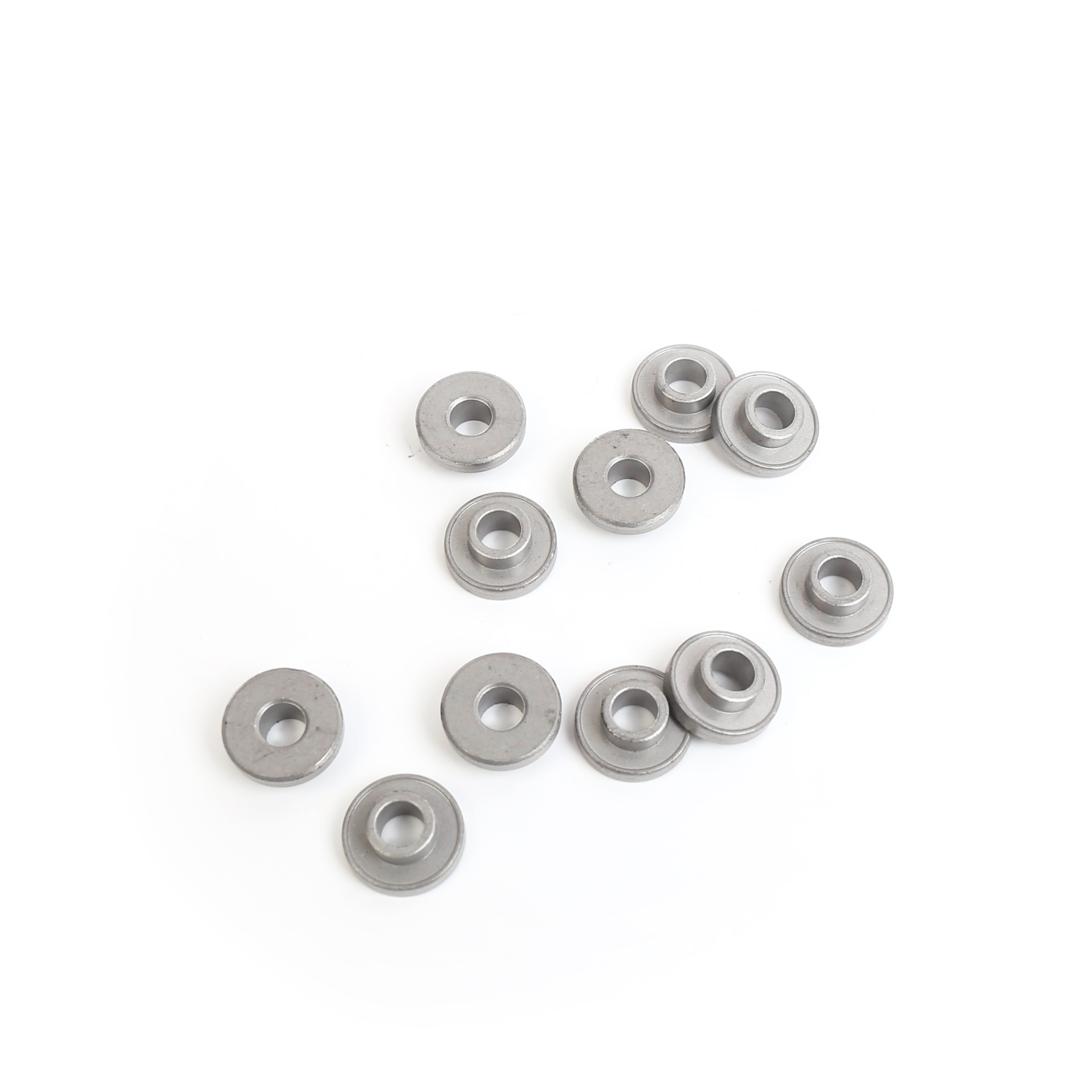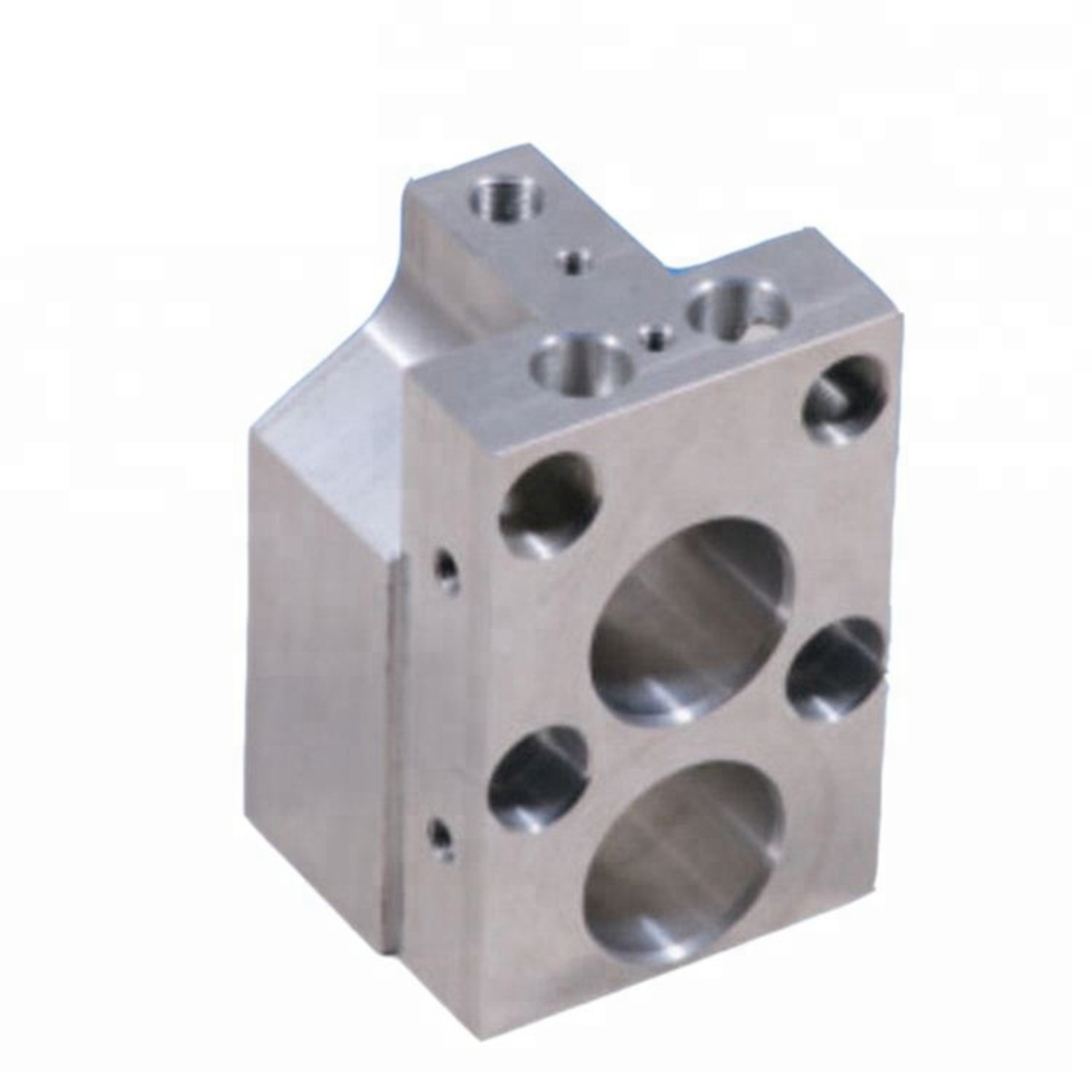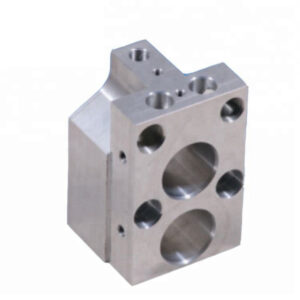
Here’s a comprehensive explanation of 5-Axis CNC Machining:
1. Core Definition
5-Axis CNC Machining is an advanced subtractive manufacturing process where a cutting tool moves along five different axes simultaneously to shape complex parts from solid material (metal, plastic, composite, etc.). This contrasts with 3-axis (X, Y, Z linear movements) and 4-axis (adds one rotational axis) machining.
2. The Five Axes Explained
Linear Axes (3):
X-axis: Left-right movement.
Y-axis: Front-back movement.
Z-axis: Up-down movement.
Rotational Axes (2):
A-axis: Rotation around the X-axis (tilts forward/backward).
B-axis: Rotation around the Y-axis (tilts left/right).
or
C-axis: Rotation around the Z-axis (rotates horizontally).
(Note: Machines combine A/B, A/C, or B/C depending on design).
3. Key Configurations
Table/Table: Both rotational axes on the worktable (e.g., rotary-tilting trunnion). Ideal for smaller parts.
Head/Table: One rotation on the table (C-axis), one on the spindle head (B-axis). Balances part size/flexibility.
Head/Head: Both rotations on the spindle. Best for very large, heavy workpieces.
4. Why Use 5-Axis Machining?
Complex Geometry: Machine undercuts, deep cavities, organic shapes, and compound angles in one setup.
Precision: Reduced repositioning errors = tighter tolerances (±0.0001″ achievable).
Efficiency: Complete parts faster—no manual repositioning or multiple fixtures.
Surface Finish: Optimal tool orientation maintains perpendicular cutting, improving finish and reducing hand-polishing.
Tool Life: Shorter tools can be used (less vibration), extending lifespan.
5. Simultaneous vs. Indexed 5-Axis
Simultaneous 5-Axis: All axes move concurrently during cutting. Essential for complex contours (e.g., turbine blades, impellers).
Indexed (3+2): Rotational axes position the part, then cutting occurs in 3 axes. Faster for prismatic parts with angled features.
6. Industry Applications
Aerospace: Turbine blades, engine components, structural frames.
Medical: Orthopedic implants, surgical instruments.
Automotive: Cylinder heads, prototypes, custom wheels.
Energy: Turbine rotors, pump housings.
Defense: Missile guidance parts, armored vehicle components.
7. Challenges
Cost: Machines ($100k–$1M+) and CAM software are expensive.
Programming Complexity: Requires advanced CAD/CAM skills and simulation to avoid collisions.
Setup/Calibration: Demands skilled technicians and rigorous calibration.
8. Key Technologies Enabling 5-Axis
CAM Software: (e.g., Mastercam, NX CAM) generates collision-free toolpaths.
RTCP (Rotational Tool Center Point): Automatically adjusts tool position during rotation to maintain accuracy.
Twin-Pallet Systems: Minimize downtime by prepping the next part while machining.
9. Advantages Over 3-Axis
| Factor | 3-Axis | 5-Axis |
| Setup Time | Multiple setups needed | Single setup |
| Complex Geometry | Limited | Highly complex shapes |
| Accuracy | Repositioning errors possible | Higher accuracy |
| Tool Reach | Longer tools required (vibration) | Shorter, rigid tools |
10. Future Trends
– **Automation Integration:** Robotic part loading/unloading.
– **AI-Powered CAM:** Optimize toolpaths in real-time.
– **Hybrid Manufacturing:** Combining 5-axis machining with additive processes.
In Summary:
5-axis CNC machining leverages synchronized movement along three linear axes (X, Y, Z) and two rotational axes (A/B/C) to manufacture intricate, high-precision parts in a single setup. It overcomes limitations of 3-axis machining by enabling access to complex geometries, reducing cycle times, and improving surface quality—critical for aerospace, medical, and high-tech industries. Despite higher costs and complexity, its efficiency and capability make it indispensable for modern precision engineering.

